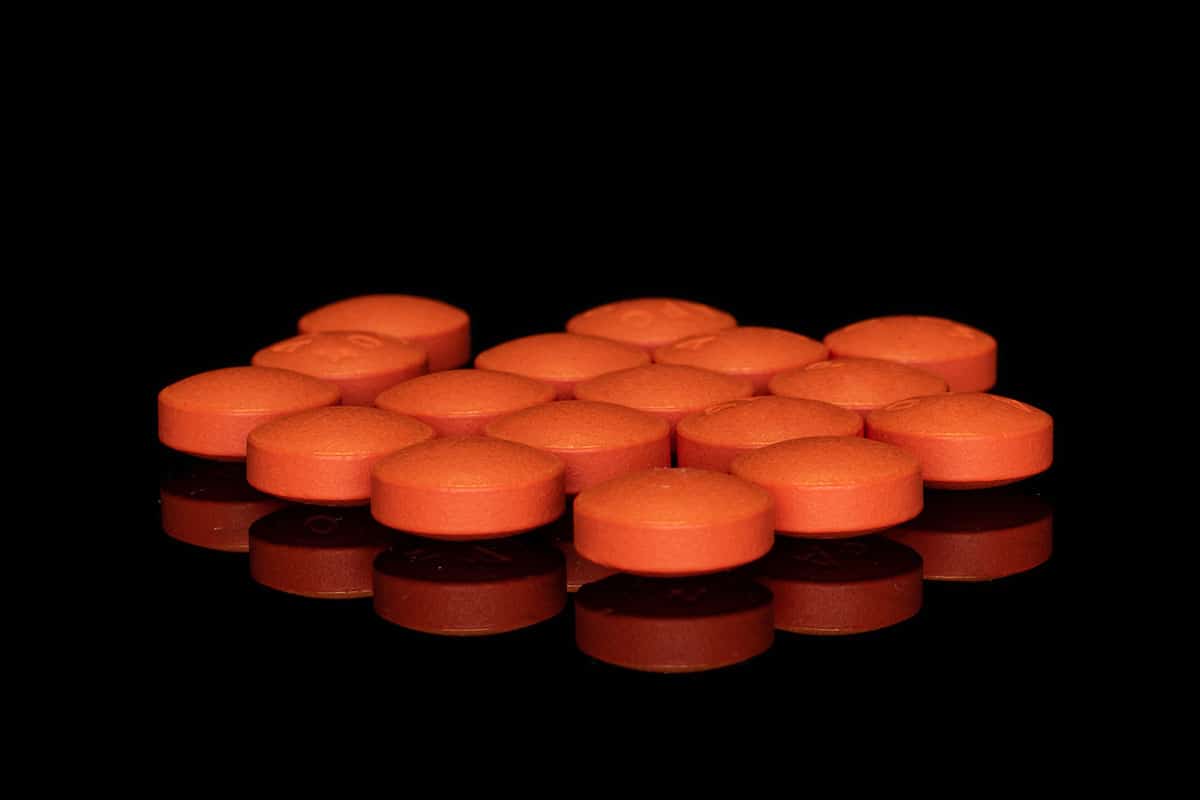Administration and Dosage
Suboxone treatment is largely associated with a brand name of medication for treatment of Opioid Use Disorder, but the treatment is truly with the active medication Buprenorphine. Suboxone is just one of the manufacturers of medications containing Buprenorphine, in which the brand Suboxone also includes the useful medication Naloxone along with Buprenorphine. When discussing medication administration, this blog will largely go over the most common usage of this treatment, which is oral consumption. It is important to note that there is an injectable version of Buprenorphine treatment called Sublocade. This version is delivered into the abdominal region via an injection by a nurse or qualified individual. Each injection lasts 30 days which prevents the need to take medication daily. Due to the expense associated with Sublocade it can be harder to find offices which can offer such a treatment.
The induction process for Suboxone is rather simple and the effects of the medication are almost instant. Suboxone does contain Naloxone, which then requires that the patient is in a state of withdrawal before starting the medication. The reason for this is that Naloxone can cause a precipitated opioid withdrawal if the medication is administered while a mu-opioid receptor agonist remains in a person’s system. What this means is that the individual starting Suboxone treatment needs to have the opioid and/or opiates out of their system before starting (called induction) Suboxone treatment. The timing of this varies depending on the person and the substance(s) used.
There are some general rules that we use to help patients with knowing how long they need to wait before induction on Suboxone. Those using more short-acting opioid and opiates such as Percocet, Vicodin, and Heroin usually need between 12 and 24 hours since last usage before starting Suboxone. Those using long-acting opioids and opiates, such as Morphine, Methadone, Oxycontin will require 36 or more hours, especially for Methadone the individuals will want to wait more than 48 hours. It is important to note here that going into a precipitated withdrawal is often more severe in symptoms than normal withdrawal. Therefore, it is very important that during the induction and start of Suboxone that you follow the recommended timing of starting the medication.
Dosage and timing of medication all can vary depending on the individual. Many individuals may start on a higher dosage of Suboxone (Buprenorphine) due to their longer period of active addiction. Someone who experienced only a small and short-lived relapse may start on a lower dosage. Do remember it is always best to be on the lower dosage of this medication as much as possible, as the goal should be an eventual cessation of Buprenorphine. Therefore, the lower dosage you start on the easier and quicker it is to titrate off the medication when it comes time. The maximum dosage listed by the manufacturer is 24 mg a day. As that is what is reported by the pharmaceutical manufacturer, research shows that lower dosages are suitable and there is not much value in doses over 16 mg a day. A dosage of 16 mg a day has been shown to affect slightly over 98 percent of the mu-opioid receptor sites in the brain. Dosages higher than 16 mg a day have only shown to increase that coverage by small fractions of a precent. This demonstrates that 16 mg a day is an effective dosage and anything about that would only be easing any psychological addiction and have not true physical effects.
When considering the psychological aspects of addiction, there are times that this association can appear as perceived physiological effects. The concept here is a psychosomatic response, which is when bodily symptoms are caused by emotional or mental disturbances. This can also relate to the timing of dosing. Most of the time with higher doses of Suboxone the individual is directed to take half in the morning and half in the afternoon. Splitting the medication this way is not completely necessary. With an average half life of 38 hours, the medication is fine to take just one time a day. Some individuals may metabolize the medication differently causing more of a need for having the medication in split doses. One way of looking at the medication is to break the cycle associated with addiction and needing to take a substance multiple times a day. This can be a problem for some when starting to take just once a day it is the psychosomatic response to addiction which will cause a perceived change in the person later in the day, despite the medication still doing what it is meant to.
Potential Side Effects of Suboxone
Suboxone, as with any medication has many known side effects, both common and uncommon. The most commonly reported side effects to Suboxone are constipation, headache, diarrhea, and nausea. The manufacturer also lists these as common side effects:
- Drowsiness
- Blurry Vision
- Irregular Heartbeat
- Concentration Problems
- Insomnia
- Sweating
- Number mouth
- Painful Tongue
- Dizziness and fainting
- Constipation
- Nausea and vomiting
- Headache
The main serious side effect that is reported with Buprenorphine or Suboxone is respiratory depression, which is common in any type of opioid. This is when your rate of breathing is too slow and/or shallow and causes a lack of oxygen in your body.
Another potential side effect of Suboxone or Buprenorphine, is related specifically to the brand Suboxone and only concerning the film version of the medication. This side effect, it is important to note that this is still being investigated as of the date this blog is published. What is being investigated is that the film version of Suboxone can cause tooth decay in patients. This may take a long time to come to fruition as there is a class action lawsuit in the process of being built reading this concern. If you have any concerns over this medication and this side effect, it is important that you research and contact the lawyers handling the case. Also, you can change to the tablet form of the medication, which is not being reported to have this side effect.
Misconceptions About Suboxone
There are many myths about Suboxone or Buprenorphine treatment. Here we will go over the main myths and explain the truth about them.
Myth: Suboxone or Buprenorphine is just trading one addiction for another.
Truth: Taking Suboxone or Buprenorphine as a prescribed medication to manage a chronic illness (Opioid Use Disorder) does not meet the definition of a Substance Use Disorder.
Myth: Counseling or outpatient therapy is a requirement to see clinical improvement.
Truth: Outpatient therapy or counseling is often greatly beneficial to patients, but it is not mandatory. The Drug Addiction Treatment Act of 2000 only requires those prescribing Buprenorphine to have the ability to refer patients for behavioral health services, such as counseling, if the need is identified.
Myth: Treatment with Buprenorphine (Suboxone) is burdensome and time consuming.
Truth: Intensive treatment is not required to receive Buprenorphine or Suboxone. As some may require this level of treatment at first or after any relapses, most treatment is simple office visits, which can be done via telehealth or telemedicine.
Myth: Patients are just getting “high” on Suboxone or Buprenorphine.
Truth: Buprenorphine or Suboxone will not cause any intoxication in individuals who are opioid dependent, because it is a partial opioid agonist. Individuals who are not opioid dependent can become intoxicated, but these people are not being prescribed Buprenorphine as they are not diagnosed with Opioid Use Disorder.
Myth: Patients only get Suboxone or Bupernorphine so they can sell the medication on the streets.
Truth: Diversion and misuse of medications exist with every type of medication. Some research has noticed similar diversion of Buprenorphine as with antibiotics. Clinics do watch closely for concerns of diversion and should be performing random pill counts and drug testing. Drug testing should not only look for illicit substances but should check to ensure the patient is taking their prescribed medication of Buprenorphine.
Myth: You are not truly in recovery if you are also taking Suboxone or Buprenorphine.
Truth: This is false. Recovery does not require total abstinence from opioids. Recovery is a period of improved quality of life which allows for medications for management of any chronic disease such as for Opioid Use Disorder and with Buprenorphine.
Myth: Buprenorphine or Suboxone is frequently misused, therefore prescribers should strictly control access.
Truth: Any medication can be misused, not just Buprenorphine. Also, Buprenorphine is not a preferred substance for individuals to get “high” from due to it being a partial opioid, which limits any potential for euphoria. Most commonly Buprenorphine or Suboxone misuse is associated with self-treatment of opioid and opiate withdrawal for those individuals without access to the treatment of Medication for Opioid Use Disorder (MOUD), previously know as Medication Assisted Treatment (MAT).





